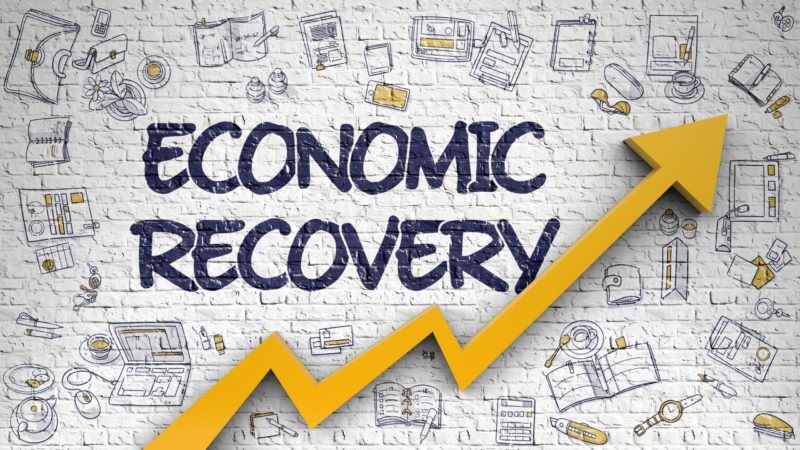The COVID-19 pandemic triggered one of the most severe economic downturns in recent history, prompting swift and unprecedented actions by central banks worldwide, including the Federal Reserve (the Fed). As the United States’ central bank, the Fed has played a crucial role in stabilizing the economy and supporting recovery through various monetary policies. This article examines what experts such as Kavan Choksi have to say about the key measures implemented by the Fed during the pandemic and evaluates their effectiveness in aiding economic recovery.
Interest Rate Cuts
One of the first actions taken by the Fed in response to the pandemic was to cut interest rates to near zero. This move aimed to reduce borrowing costs for households and businesses, encouraging spending and investment.
- Impact on Borrowing: Lower interest rates made it cheaper for consumers to finance major purchases such as homes and cars. For businesses, reduced borrowing costs facilitated investment in capital and operations, helping to sustain economic activity.
- Housing Market Boom: The sharp decline in mortgage rates spurred a boom in the housing market, with increased home sales and refinancing activity. This provided a significant boost to the construction sector and related industries, supporting job creation and economic growth.
Quantitative Easing
The Fed also implemented a series of quantitative easing (QE) programs, purchasing large quantities of government securities and mortgage-backed securities to inject liquidity into the financial system.
- Market Stabilization: By purchasing these assets, the Fed provided crucial support to financial markets, ensuring they remained functional and liquid. This intervention helped to prevent a financial crisis and maintained investor confidence.
- Lower Long-Term Interest Rates: QE helped to lower long-term interest rates, further reducing borrowing costs and stimulating economic activity. This was particularly beneficial for sectors reliant on long-term financing, such as real estate and infrastructure.
Emergency Lending Programs
In addition to traditional monetary policy tools, the Fed introduced several emergency lending programs to support businesses, households, and municipalities.
- Paycheck Protection Program (PPP) Liquidity Facility: This program supported the PPP by providing liquidity to financial institutions participating in the program, ensuring that small businesses could access funds to retain employees and cover operating expenses.
- Municipal Liquidity Facility: This facility offered direct lending to state and local governments facing budget shortfalls due to the pandemic, helping to prevent cuts to essential public services and infrastructure projects.
- Corporate Credit Facilities: The Fed established facilities to support the issuance of corporate bonds and ensure that large companies had access to necessary funding, stabilizing the corporate bond market and preserving jobs.
Forward Guidance
The Fed used forward guidance to communicate its future policy intentions clearly, aiming to shape market expectations and provide certainty to investors and consumers.
- Economic Outlook: By signaling that interest rates would remain low for an extended period, the Fed aimed to reassure markets and encourage continued borrowing and spending.
- Inflation Targeting: The Fed’s adoption of an average inflation targeting framework indicated a willingness to tolerate higher inflation temporarily to support economic recovery and achieve maximum employment.
Evaluating Effectiveness
The effectiveness of the Fed’s measures can be assessed through several key indicators:
- Economic Growth: The U.S. economy rebounded strongly in 2021 and 2022, with significant GDP growth driven by consumer spending, business investment, and government stimulus. While the recovery has been uneven, the overall economic trajectory has been positive.
- Labor Market: The labor market experienced a robust recovery, with millions of jobs regained and unemployment rates declining. However, challenges such as labor shortages and wage pressures remain in certain sectors.
- Financial Markets: Financial markets stabilized quickly following the initial shock of the pandemic, with stock indices reaching record highs and corporate bond spreads narrowing. This stability was crucial for maintaining investor confidence and supporting economic recovery.
Challenges and Future Considerations
While the Fed’s actions have been largely effective, several challenges and considerations remain:
- Inflation Concerns: The substantial monetary stimulus has contributed to rising inflation, raising concerns about potential overheating of the economy. The Fed faces the delicate task of balancing support for recovery with the need to control inflation.
- Inequality: The benefits of the Fed’s policies have not been evenly distributed, with wealthier individuals and large corporations benefiting more from rising asset prices. Addressing economic inequality remains a critical challenge.
- Sustainability: As the economy recovers, the Fed will need to carefully unwind its extraordinary measures without disrupting financial markets or economic stability.
The Federal Reserve’s response to the COVID-19 pandemic has been pivotal in supporting the U.S. economic recovery. Through interest rate cuts, quantitative easing, emergency lending programs, and forward guidance, the Fed has provided essential support to households, businesses, and financial markets. While challenges remain, the Fed’s actions have laid the groundwork for a resilient recovery and will continue to shape the economic landscape in the years to come.

